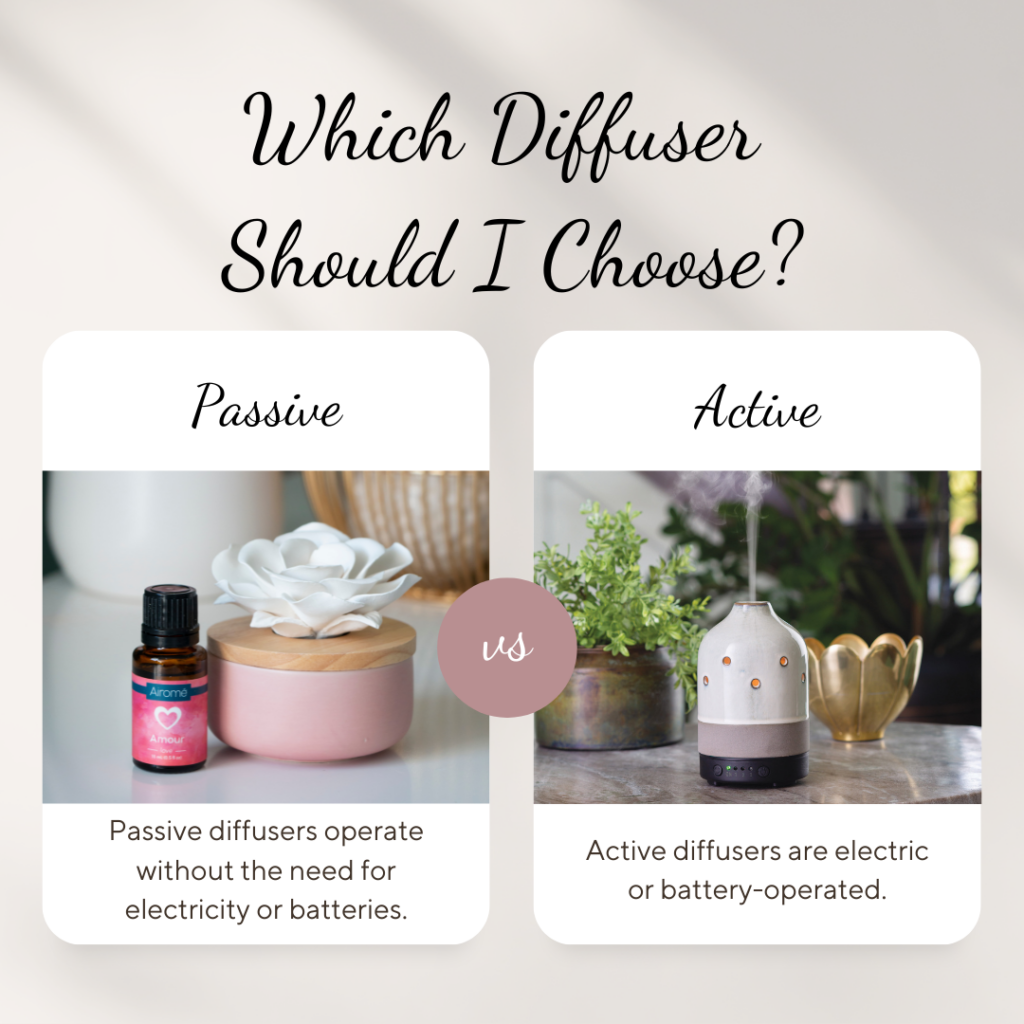Contents

Source: Airome – Candle Warmers Etc.
Understanding Optical Diffusers
Introduction to Optical Diffusers
An optical diffuser is a device that scatters light, disrupting its wavefronts and reducing spatial coherence. This results in random or pseudo-random changes in the optical phase of the light. Different diffusers exhibit varying degrees and characteristics of diffusion, with some producing a light output with Lambertian characteristics while others have different scattering distributions.
Operation Principles
Optical diffusers work based on light scattering or refraction on a material with a random structure. This can involve diffuse scattering on surfaces, transmission through materials with scattering centers, or structured surfaces inducing refraction effects. Holographic diffusers offer controlled scattering properties, and there are reflective and transmissive diffusers based on scattering at surfaces or within transparent media.
Types of Diffusers
Diffusers can be reflective (backward scattering) or transmissive (forward scattering), with some being semi-opaque. They are designed for visible, infrared, and ultraviolet light applications. Some diffusers may require rotation for specific applications or double up as optical filters with wavelength-dependent absorption characteristics.
Performance Aspects
The ideal diffuser performance depends on the application, focusing on the spatial characteristics of outgoing light and efficiency in scattering light into desired angles while minimizing absorption. High-quality diffusers offer tailored performance but come at a higher cost and may require specialized metrology instruments for accurate characterization.
Applications of Optical Diffusers
Optical diffusers find applications in various fields, including:
- Illumination: Used in lighting fixtures, headlamps, projectors, and integrating spheres for uniform illumination.
- Image Screens and Displays: Essential for projection displays, laser projectors, and liquid crystal modulators to achieve high image quality and homogeneous illumination.
- Optical Attenuators: Can serve as attenuators at high optical power levels where absorption-based attenuation is impractical.
Conclusion
Optical diffusers play a crucial role in scattering light for various applications, ensuring uniform illumination, high image quality, and effective light attenuation. Understanding the principles and types of diffusers is essential for selecting the right device for specific optical requirements.

Source: Juneberry Place
Feel free to comment your thoughts.



